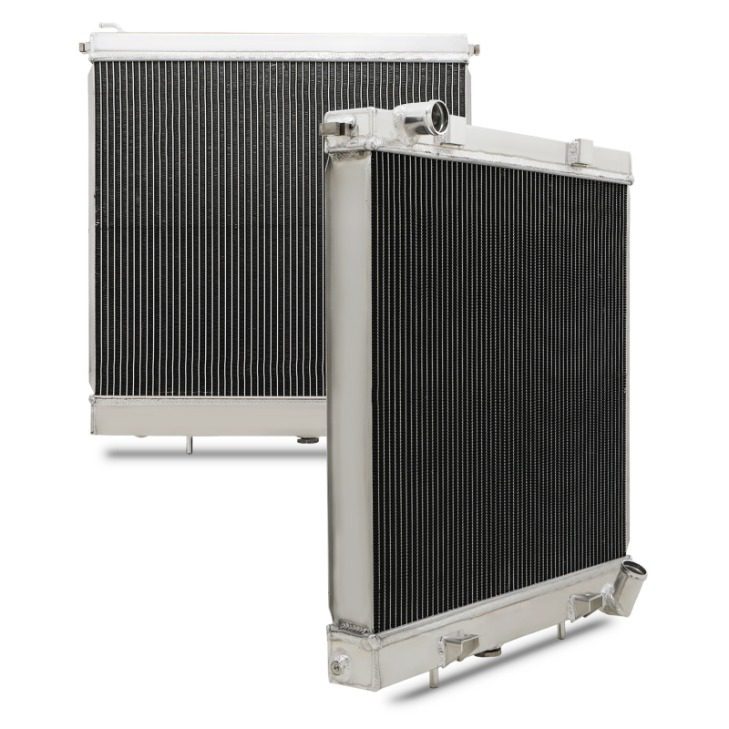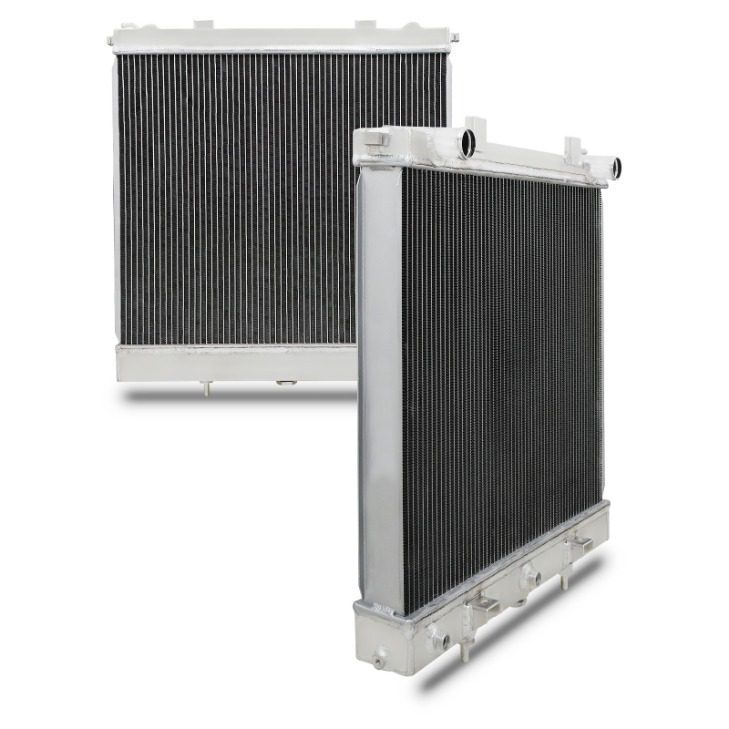The fan clutch on my P38 is failing and is overheating when at idle.
I believe the A/C Fans should come on at some point as a failsafe measure.
Two questions:
1. At what temperature should the fans engage?
2. I recall it is possible to make the fans go on directly by grounding one of the wires at the connectors?
I've done it before, but I don't recall how it was done, does anyone know?
New viscous clutch already ordered.
Thank you
Sent from my MAR-LX1M using Tapatalk
I believe the A/C Fans should come on at some point as a failsafe measure.
Two questions:
1. At what temperature should the fans engage?
2. I recall it is possible to make the fans go on directly by grounding one of the wires at the connectors?
I've done it before, but I don't recall how it was done, does anyone know?
New viscous clutch already ordered.
Thank you
Sent from my MAR-LX1M using Tapatalk







